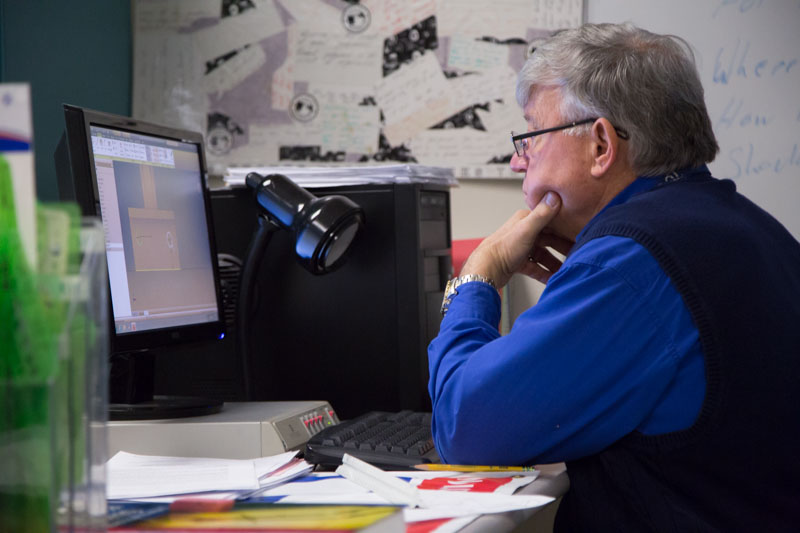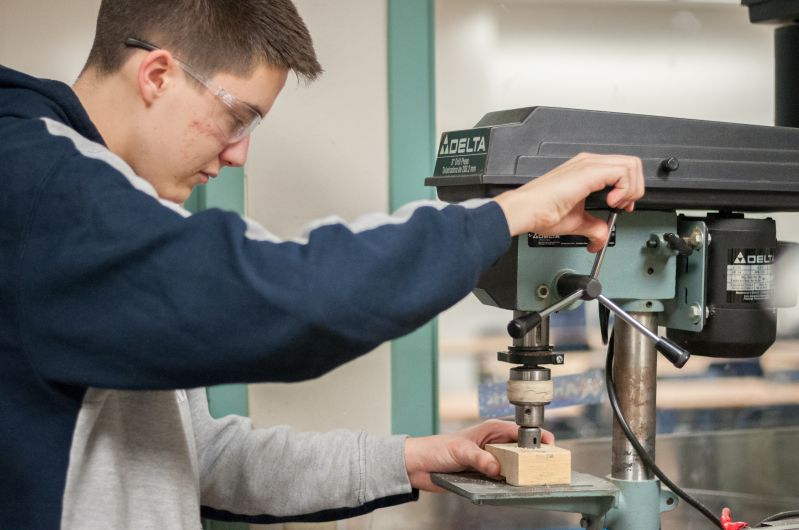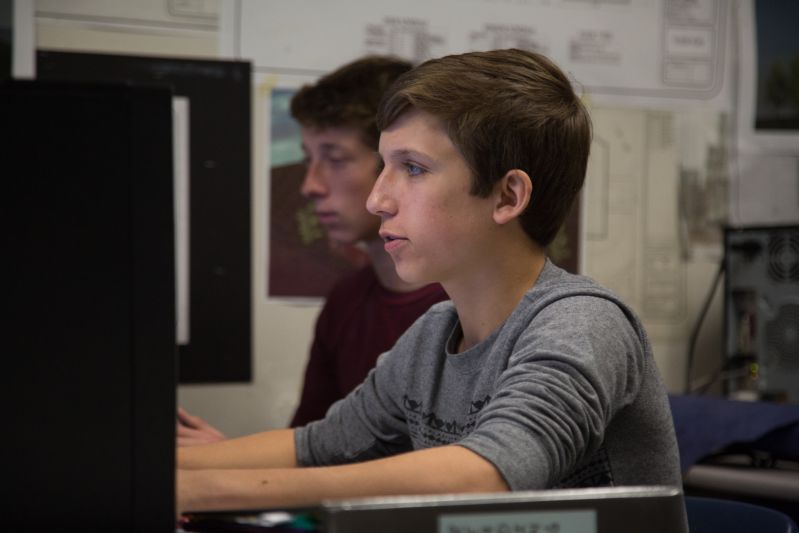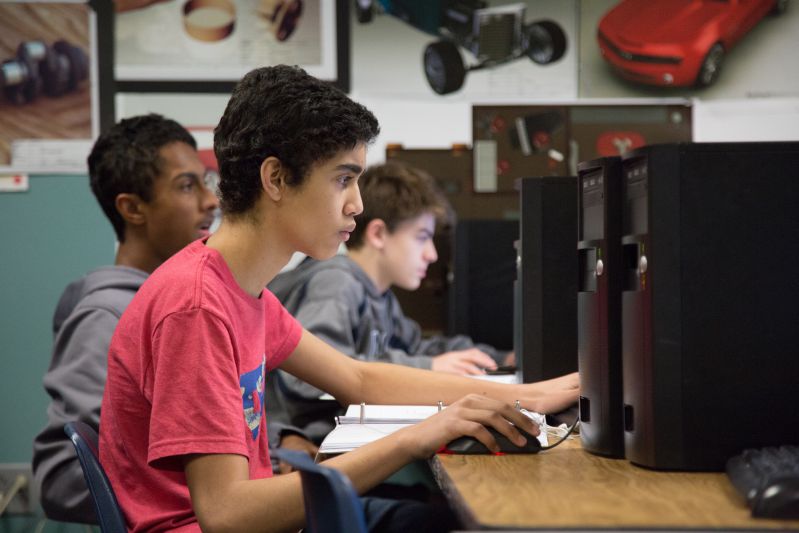Mr. Ralph Szydlik
Mr. Ralph Szydlik was born in Detroit in 1943. He went to New Mexico Highlands College, and graduated with a degree for teaching Industrial Technology. He has since worked for over 40 years as a technology teacher and coach. Having coached wrestling, he now coaches the Robotics/TSA team in addition to teaching Architecture and Engineering.
Architecture
In Architectural Design, students spend time learning how to create CAD drawings of floor plans, elevations, wall sections, and site plans. They learn how a house is put together and design accordingly. During the first 9 weeks of the class, students take part in engaging lessons led by Mr. Szydlik and learn the fundamentals of architectural design. They also practice drafting plans by hand before learning to do it on the computer. Students spend the second nine weeks working on a final project using the skills they have learned in class. They have the opportunity to design a house to their liking and produce all the drawings necessary for constructing it. The project is largely open-ended, allowing students to explore their own ideas and use a variety of tools and programs to execute their design plans.
Engineering Design
In Engineering Design and Presentation, students learn the fundamentals of using drafting tools and professional design software to create detailed pictorial drawings, realistic 3D working models, and assembly drawings. Students first learn how to properly examine and display real-life objects and designs on paper. In order to do this, they are taught how to use various drafting tools, such as an engineer's T-Square. They also learn how to visualize and draft objects in isometric (3D) views on paper. After the first 3-4 weeks of learning to draft by hand, students move on to the computer to learn how to use Autodesk Inventor Professional, a 3D-Modeling and CAD program. Mr. Szydlik leads an interactive lesson every day as he leads students through the creation of various parts and models. This extensive process guides students through the numerous tools that Inventor provides. After learning these fundamentals, students are given multiple opportunities to design and model anything of their choosing. These projects encourage students to use their imagination and make use of all the functions that they have learned in the class. At this point in the class, many students choose to go above and beyond and create intricate models. These models are either printed on large paper or 3D printed and are then showcased in the hallway.



